 The Story of the Universal Serial Bus (USB)
The Story of the Universal Serial Bus (USB)
Few computer components define the fast-approaching universality of information access and management quite like the USB. It’s creation nearly twenty years ago as an industry standard to achieve that very end backs up such an association. Nothing has come close to doing as much to resolve issues of efficiency, security, reliability, and even decision analytics in day-to-day computing quite like the USB cable and connector. With it, computers are now connectable to virtually any electronic device, and data can be spread as quickly as it could with the Xerox sans paper and ink.
In almost two decades the USB has come a long way. Reiterations of the technology have taken shape in three distinct generations, each with their own story to tell:
The Progenitor: USB 1.1
By the year 1994, computers had already revolutionized the business world and were inching their way into the consumer market. Yet the way in which computers were being designed and, more specifically, the way in which peripheral technology such as mice, keyboards, and disk drives was being designed, was unregulated and so computers had to be built to accommodate an array of plug-ins. Industry experts realized that a universal connector needed to be designed to curb this influx of confusing connections and they got to work on it. USB 1.0 was completed a few years later, but it was 1.1, released in 1998, that was the first sign of success for the new connection. USB 1.1 was separated into two speeds: low 1.5 Mbit/s and high 12 Mbit/s. The former was for keyboards and other basic peripherals while the latter was designed for connectivity to cameras and other devices.
Seasoned Veteran: USB 2.0
USB 1.1 was a focus on establishing the new universal system of connectivity, but experts knew that speed was the next thing to spend time trying to improve. They saw the possibilities of the USB flash drives, Wireless USB and wanted to turn their dreams into a reality. By early-2000, USB connections offered speeds up to 480 Mbit/s. Flash drives as we know them today became available on the market in early-2001. USB 2.0 enabled connectivity to the rapidly deployed onslaught of new electronics at the time: high-resolution digital cameras, Blackberries, sophisticated gaming equipment, USB microscope, etc.
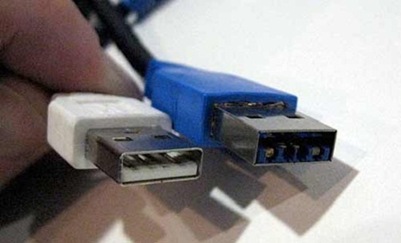
Super Speed: USB 3.0
Now what is USB 3.0 is the question asked by many. Well, USB 3.0 has transmission speeds up to 5Gbit/s, nearly ten times faster than the fastest USB 2.0 connection. This was to further accommodate the demands for faster data transfer rates as computers and electronics become ever more sophisticated. Dubbed “SuperSpeed” USB 3.0 allows for a virtually instantaneous transfer of data between devices regardless of the file type. USB 3.0 is completely backward compatible(USB 2.0 devices can be used), and cuts down on syncing time, allowing users to plug and unplug quickly without worrying about losing data.
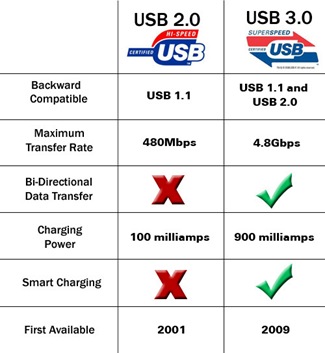 The Dawn of a New Day
The Dawn of a New Day
Mobile phones across the globe are being regulated so that their chargers are all USB compatible, in an effort to eradicate the countless different phone charger models in existence. It’s a sign of how vital the USB has become and how dependable it is in establishing universal connectivity. So long as there’s still a demand to make direct plug-ins between devices, the USB will likely reign supreme as the universal connector.


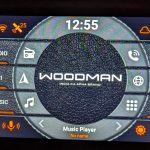






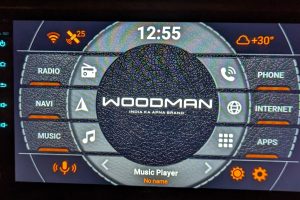
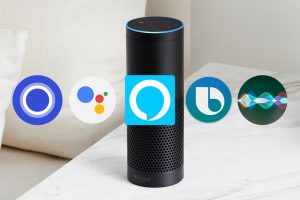
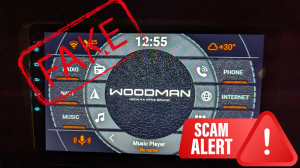
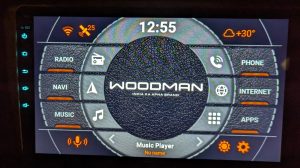


it lovely
I will prefer USB 3.0 caz of data transferring rate and the latest gadgets are equipped with USB 3.0